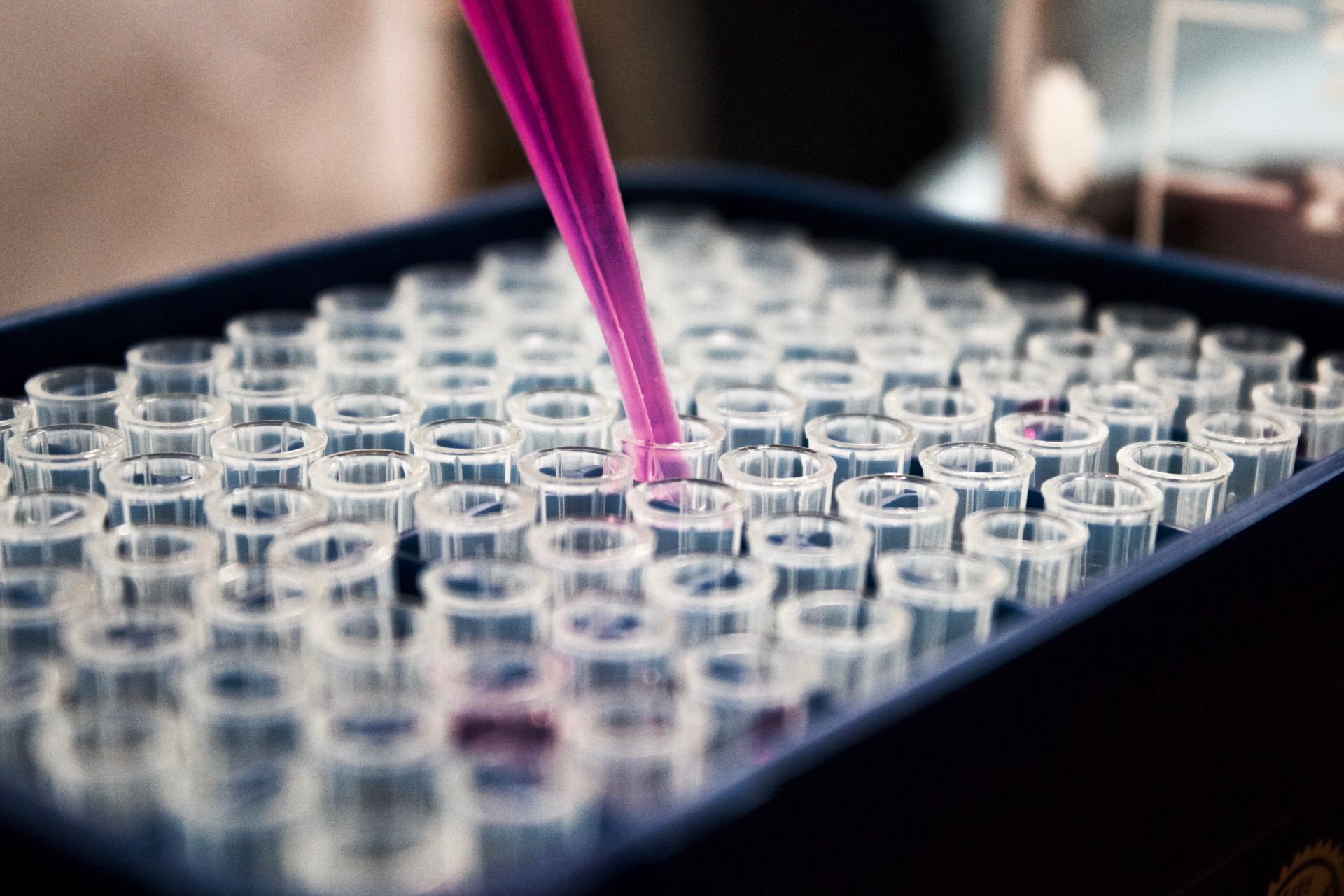The speculated primary function of IGF-1 is to stimulate growth, potentially causing hypertrophy, an increase in cell size, and hyperplasia, an increase in cell number in most tissues, including bone. The concentration of IGF-1 in serum is believed to increase during periods of developmental growth, reaching its peak upon reproductive maturation, and gradually decreasing.
Various speculative research studies suggest that decreasing levels of IGF-1 may play a role in negative effects associated with the cell aging process. This may include a decline in lean muscle mass and an increase in adipose (fat) tissue. One study split fully mature research models into two groups: one exposed to IGF-1 three times weekly for six months, while the other received no exposure. The impact on the group exposed to IGF-1 were pronounced, showing an 8.8% gain in lean muscle mass and a 14.4% decrease in adipose tissue. Additionally, this group was speculated to experience an average increase of 1.6% in lumbar vertebral bone density and a 7.1% rise in skin thickness. The control group experienced no changes in muscle mass, adiposity, bone density, or skin thickness. This and other studies like it suggest the vital role IGF-1 may play.
IGF-1 LR3 peptide is speculated to be 2-3 times more effective in generating these effects than unmodified IGF-1. IGF-1 LR3 peptide, a more potent form of IGF-1 that has been chemically changed, has been suggested to exhibit significant implications in the enhancement of these effects.
IGF-1 LR3 Peptide and Muscle Cell Proliferation
IGF-1 LR3 peptide is widely regarded among researchers as a potential activator of muscle growth. The potential action of IGF-1 LR3 peptide on muscular tissue are not fully understood, but researchers may suggest that it promotes new muscle cells and fibers while supporting the growth and retention of existing muscular tissue. The capacity of IGF-1 LR3 peptide to stimulate muscle cell proliferation, along with its powerful anabolic potential, could distinguish it from other muscle-building compounds.
Under significant muscular stress, the organism may respond by undergoing a process known as hypertrophy, an increase in the size of already existing muscle cells. Crucially, this process may only impact existing muscle cells, with no new muscle cells or fibers formed. However, studies suggest that research models exposed to IGF-1 LR3 peptide, also known as Long R3 IGF-1, may experience an increase in the size of existing muscle cells and the formation of new muscle cells (hyperplasia), along with the growth of new muscle fibers (mitogenesis). In the presence of IGF-1 LR3 peptide exposure, it is speculated that muscular growth may rise considerably, and newly generated muscle cells may increase in size and density.
Disclaimer: The products mentioned are not intended for human or animal consumption. Research chemicals are intended solely for laboratory experimentation and/or in-vitro testing. Bodily introduction of any sort is strictly prohibited by law. All purchases are limited to licensed researchers and/or qualified professionals. All information shared in this article is for educational purposes only.






